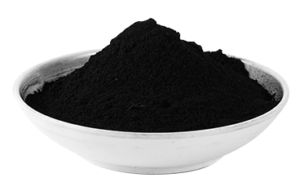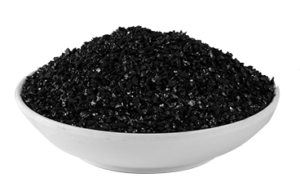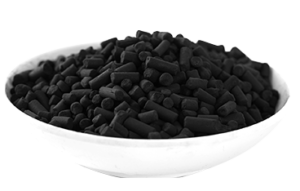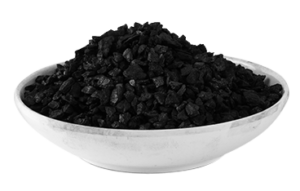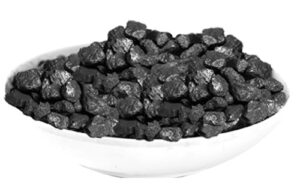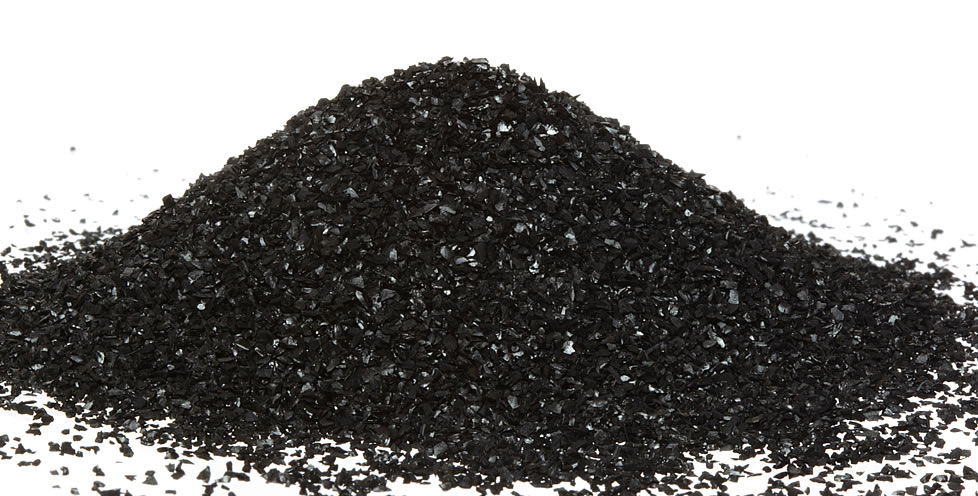The brown slightly oval and hairy from the outside and soft white flesh from the inside – this is the basic images everyone thinks about the coconut. Except for these images, coconut has many different characteristics, which are beyond the basic images. The characteristic of coconuts has different qualities; these are well suited in different fields. Not only India the uses of coconut in various ways can be seen throughout the world. As the coconut grows in a very dramatic way in its life, so it can be used for different purposes throughout its different stages.
CocosNucifera –
Coconuts have different types but there is one genre of coconut. CocosNucifera, the coconut tree is a member of the palm family. From the Spanish word ‘coco’ the name comes coconut. ‘Coco’ means “head”.
Layers Of Coconut –
Coconut has three layers. First, the exterior layer is called exocarp, the hard layer which protects the seed is called endocarp and the central fleshy layer is called mesocarp. As per the traditional coconut image, the endocarp and the fleshy layer, which have dissolved is only seen.
Throughout the coconut’s life, the exterior layer changes. In the maximum cases, coconuts start growing with a shiny smooth exterior. The colors in the primary stages are red, green or yellow sometimes. Then the color turns into brown as the coconut grows. The exterior color in the early stages used for various types of coconut labeling.
Dwarf And Tall Coconuts –
Generally, coconuts are divided into two groups, dwarf coconuts, and tall coconuts. Dwarf types are shorter than usual; it is stouter and also has smaller fruit. This type is perfect for gardening. The second one is the taller type, the height of coconut trees are nearly 50 feet. The tall trees produce larger fruits. Tall coconut trees create new types as they can cross-pollinate, so it spread widely. On the other hand, the dwarf coconut trees have less variety as it is self-pollinate.
On the other way coconut trees are categorized in two – domestic and commercial. Beyond the purpose the coconut trees are also classified as per the color and where it grows.
Indian Coconuts –
In India, tall coconut trees are mostly seen. The most prevalent types are the west coast tall and east coast tall. The shells of Indian coconuts are thicker than the other types. This thick shell coconut makes the Indian coconut an ideal type for activated carbon production. This is not perfect for high productivity; the thicker shells also produce harder and denser activated charcoal. This type of activated carbon has great durability. The blocks made with these kinds of activated carbon provide less wastage due to breakage.
Wide Variety – The coconut trees are classified by the tree size, fruit size, color and also the production location. Indian coconuts are the ideal material for activated carbon production. These are also used in other productions like food, body products, garden materials, and construction material. These versatile trees are the treasure of any nation.

